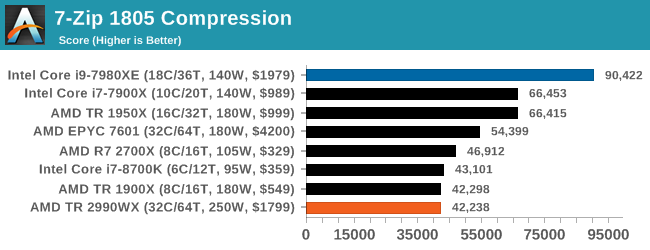Originally posted by haasn
View Post
Originally posted by bridgman
View Post
To disable THP at run time
Run the following commands to disable THP on-the-fly:
Code:
# echo never > /sys/kernel/mm/redhat_transparent_hugepage/enabled # echo never > /sys/kernel/mm/redhat_transparent_hugepage/defrag
- NOTE: Running the above commands will stop only creation and usage of the new THP. The THP which were created and used at the moment the above commands were run would not be disassembled into the regular memory pages. To get rid of THP completely the system should be rebooted with THP disabled at boot time.
Originally posted by zoomblab
View Post
Originally posted by chithanh
View Post



Comment